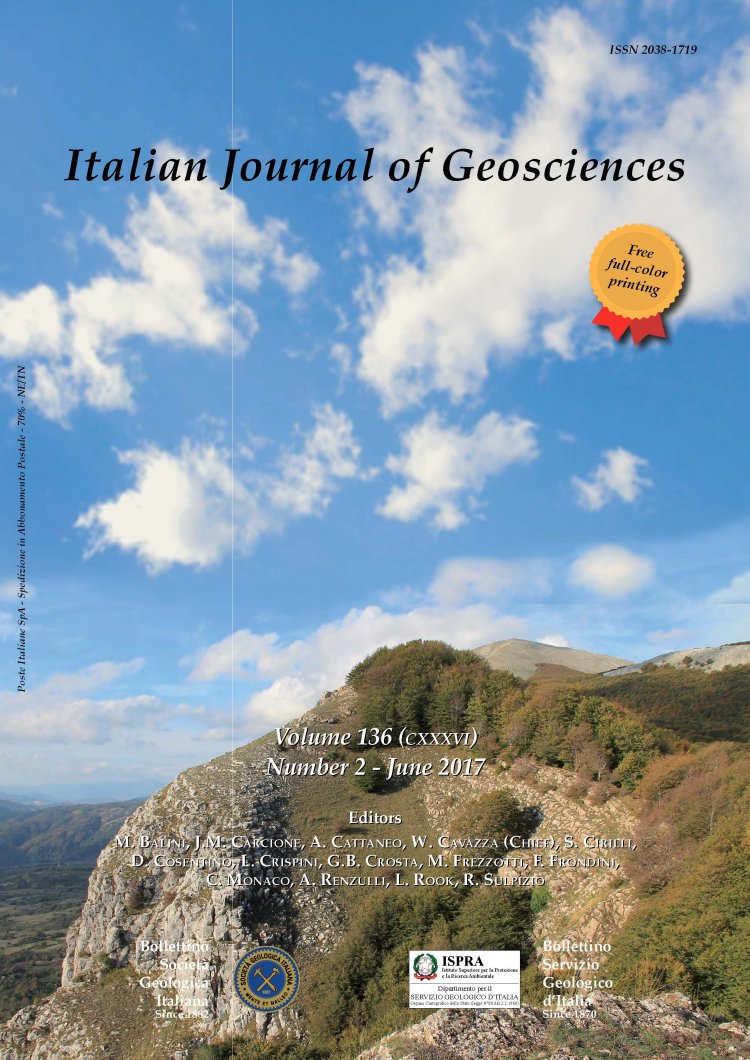
New insights on the structural setting of the Monte Alpi area, Basilicata, Italy
Vincenzo La Bruna (1,2), Fabrizio Agosta (1,2) & Giacomo Prosser (1)
(1) Department of Science, University of Basilicata, Italy. Corresponding author e-mail: vincenzo.labruna@unibas.it.
(2) Reservoir Characterization Project (www.rechproject.com).
Volume: 136 (2017) f.2
Pages: 220-237
Abstract
The Monte Alpi is a key area to decipher the structural setting of the southern Apennines fold-and-thrust belt. There, high-angle faults juxtapose Mesozoic carbonates of the inner Apulian Platform, and their terrigenous Messinian sedimentary cover, against the allochthon terranes. In the recent past, two main tectonic models related to the evolution of the Monte Alpi area ascribed the significant exhumation of the Apulian carbonates to two different mechanisms. The first one, highlighted the role of high-angle faults, which affect and cross-cut both carbonates and allochthon terranes. The second model, inferred the significant exhumation of the Apulian Platform carbonates as due to low-angle extensional faulting. In light of the aforementioned discrepancies, the present work shows the results of original field and laboratory analyses aimed at reconstructing the structural setting of both Apulian carbonates and allochton terranes. In particular, two different folding stages and the geometry of the thrust sheets are assessed, by means of detailed field and micro-structural analyses, for the allochton terranes. In the Apulian carbonates, both attitude and kinematics of the syn-sedimentary high-angle faults bounding the Upper Messinian deposits are documented. Furthermore, the tectonic structures associated to the contractional, strike-slip and extensional stages are distinguished based on their abutting and crosscutting relationships. Finally, the results of such a work are discussed in terms of the time-space evolution of deformation in the Monte Alpi area; five main tectonic stages are deciphered for the Pre-Pliocene to Holocene times.
Keywords
Get Full Text